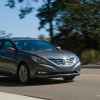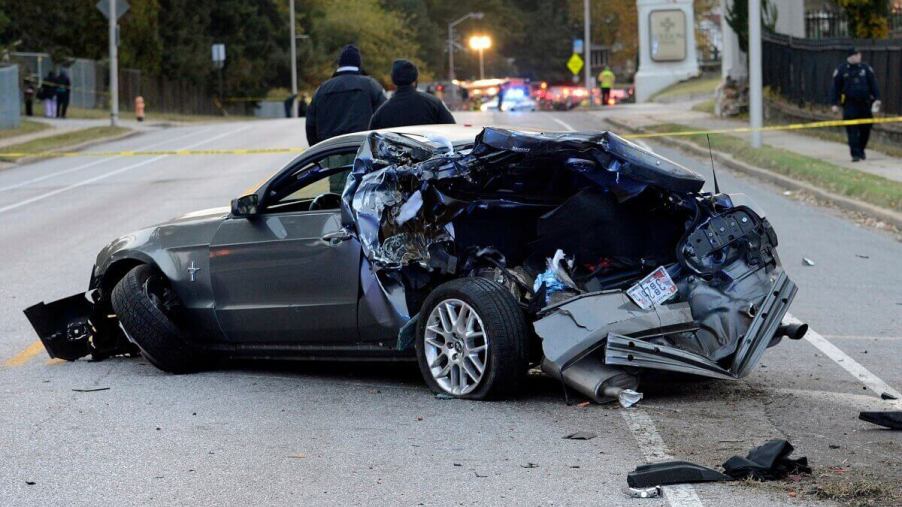
Muscle Cars Unleash Adrenaline, but These 4 Are Among the Deadliest Cars To Drive
The draw of American muscle cars prevails into 2023, sometimes at the expense of vehicle safety. It’s no surprise that tenured domestic muscle nameplates like the Dodge Challenger, Charger, Ford Mustang, and Chevrolet Camaro emphasize active and passive crash prevention less than explosive, smile-inducing acceleration. However, the IIHS’ latest data on the biggest names in the segment reveals some sobering revelations about the good-time machines. So, just how dangerous are these high-horsepower boulevard heroes?
What is the most crashed muscle car?
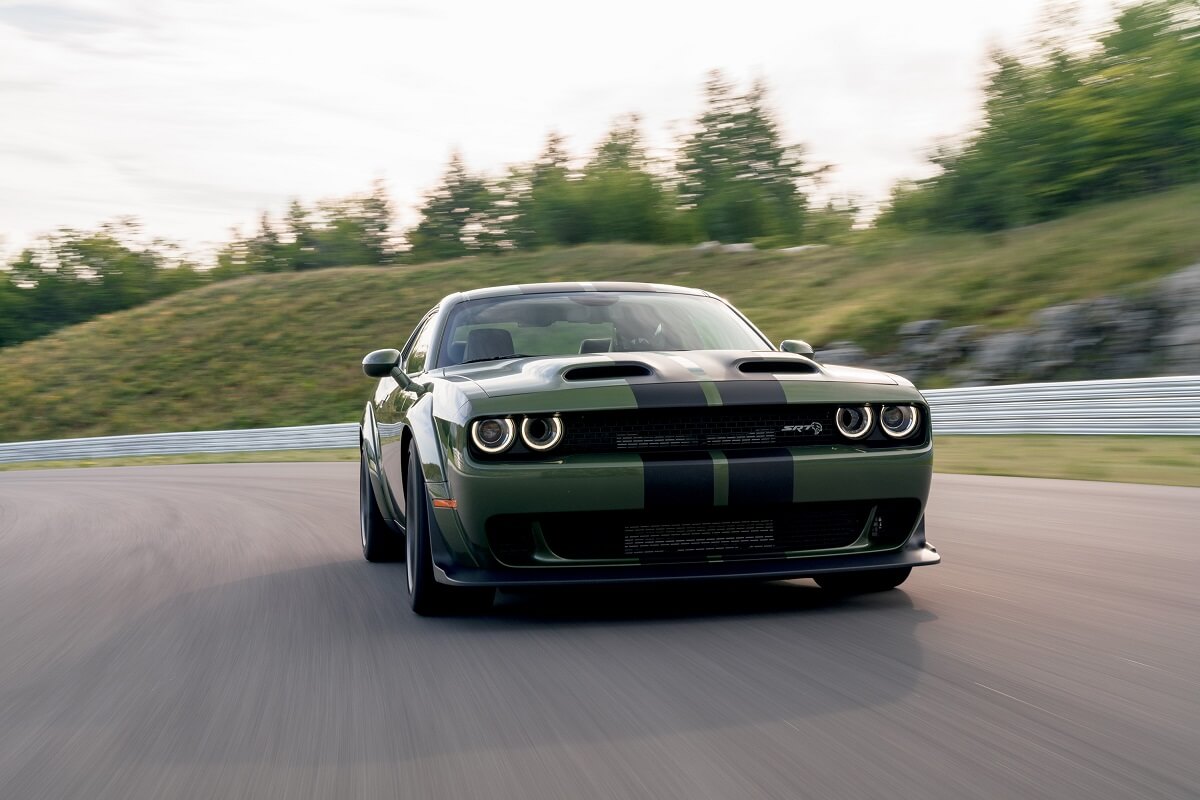
Unsurprisingly, the most popular names in the segment have the most significant number of crashes, with the big-body Dodge Challenger Coupe leading the way.
| Muscle car model | Deaths per million registered vehicles |
| Dodge Challenger | 154 |
| Dodge Charger HEMI | 118 |
| Ford Mustang Convertible | 97 |
| Chevrolet Camaro | 110 |
According to the Insurance Institute for Highway Safety (IIHS), the Dodge Challenger and its four-door muscle sedan companion, the Charger, are the deadliest of the domestic performance vehicles. While 154 fatal incidents out of one million registered cars might not sound like much, it’s enough to land the Challenger the No. 3 spot on the list of all vehicles with the highest death rates, just behind the diminutive Mitsubishi Mirage.
Furthermore, the agency points out that six of the top 21 deadliest vehicles are derivations of the popular muscle cars. In addition to the Chevrolet Camaro Coupe, its drop-top trims racked up 113 fatal incidents per one million registered models. Moreover, the IIHS categorizes the Charger HEMI and the Charger (presumably the non-HEMI-powered variants like the SXT and GT) as separate entities on the list. As a result, the Charger appears twice in the top 21 culprits, both as a HEMI and standard model.
Are muscle cars safe in a crash?
Despite the doom and gloom of the latest accident data, American muscle cars aren’t inherently dangerous. Here are some of the NHTSA safety ratings for the most popular models.
| Muscle car model | NHSTA Safety Rating |
| Dodge Challenger | Five-star overall, four-star front, five-star side |
| Dodge Charger | Five-star overall, four-star front, five-star side |
| Ford Mustang | Five-star overall, five-star front, five-star side |
| Chevrolet Camaro | Five-star overall, four-star front, five-star side |
According to the National Highway Traffic Safety Administration (NHTSA), each of the big names earned five-star overall ratings. However, only the 2023 Ford Mustang Coupe earned five stars in every category, including frontal crash testing.
However, the IIHS tests revealed a different story. For instance, the 2023 Dodge Challenger earned a “Marginal” score in a driver-side small overlap front crash test. Moreover, the Ford Mustang and Chevrolet Camaro each failed to earn a Top Safety Pick rating due to “Acceptable” scores in driver-side small overlap front crash and roof strength tests, respectively. However, large, heavy muscle cars are no more dangerous in a crash than some small cars like the Mitsubishi Mirage and Kia Forte.
Why do muscle cars crash so much?
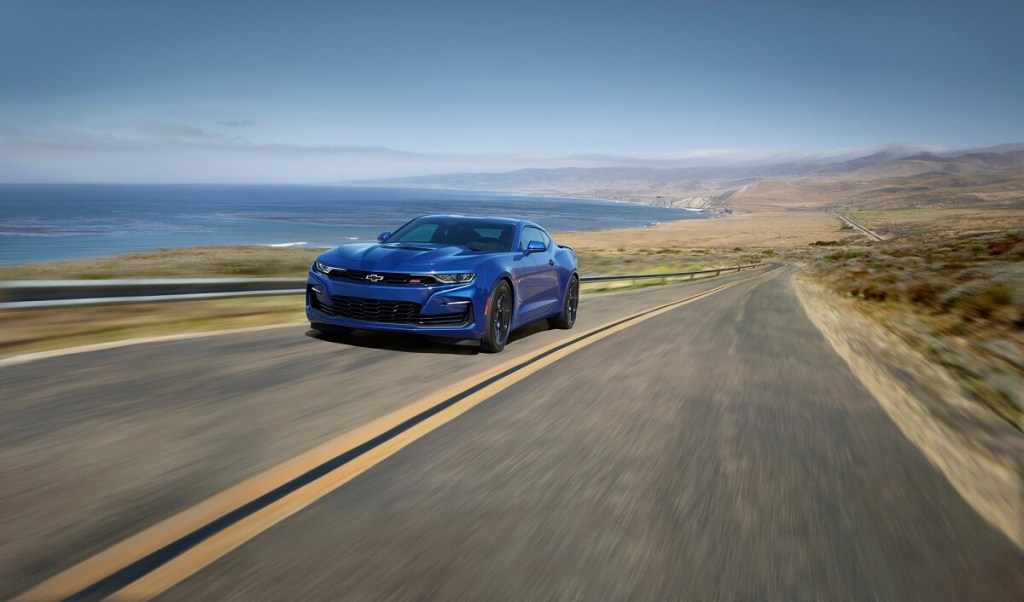
The IIHS attributes the frequency of crashes to driver behavior and the influence of marketing. For instance, the agency says that “the Chevrolet Camaro promises buyers the ability to ‘dominate on the daily.’” Furthermore, IIHS President David Harkey claims that “the deadly record of these muscle cars suggests that their history and marketing may be encouraging more aggressive driving.”
Are muscle cars safe?
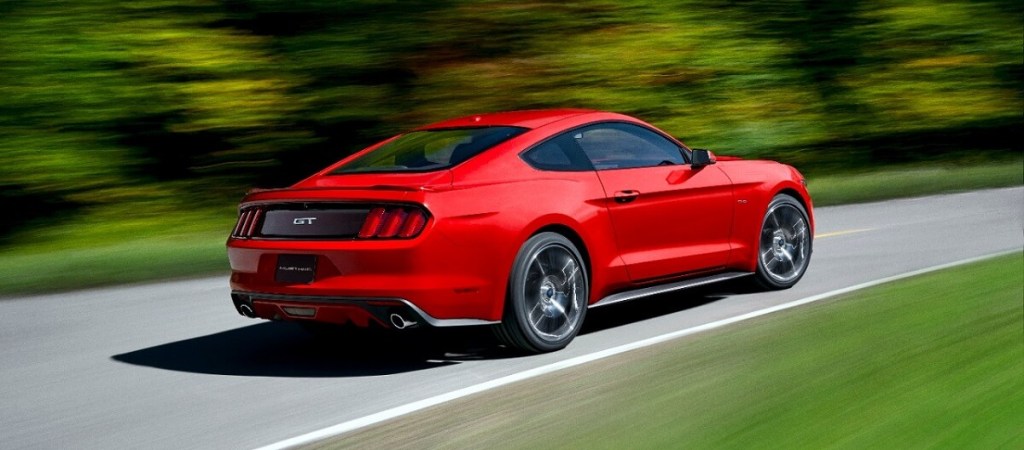
American muscle cars aren’t renowned for their active or passive safety features. However, all modern vehicles in the segment include standard and optional safety features like blind-spot monitoring and forward-collision mitigation.
Moreover, the high-horsepower trims in these models could be dangerous for immature operators. For instance, the Dodge Challenger SRT Hellcat’s six-piston Brembo brakes might be capable, but its 717 horsepower makes it hazardous for novices. Furthermore, high-horsepower, rear-wheel drive (RWD) performance vehicles are prone to loss of traction in certain conditions.

